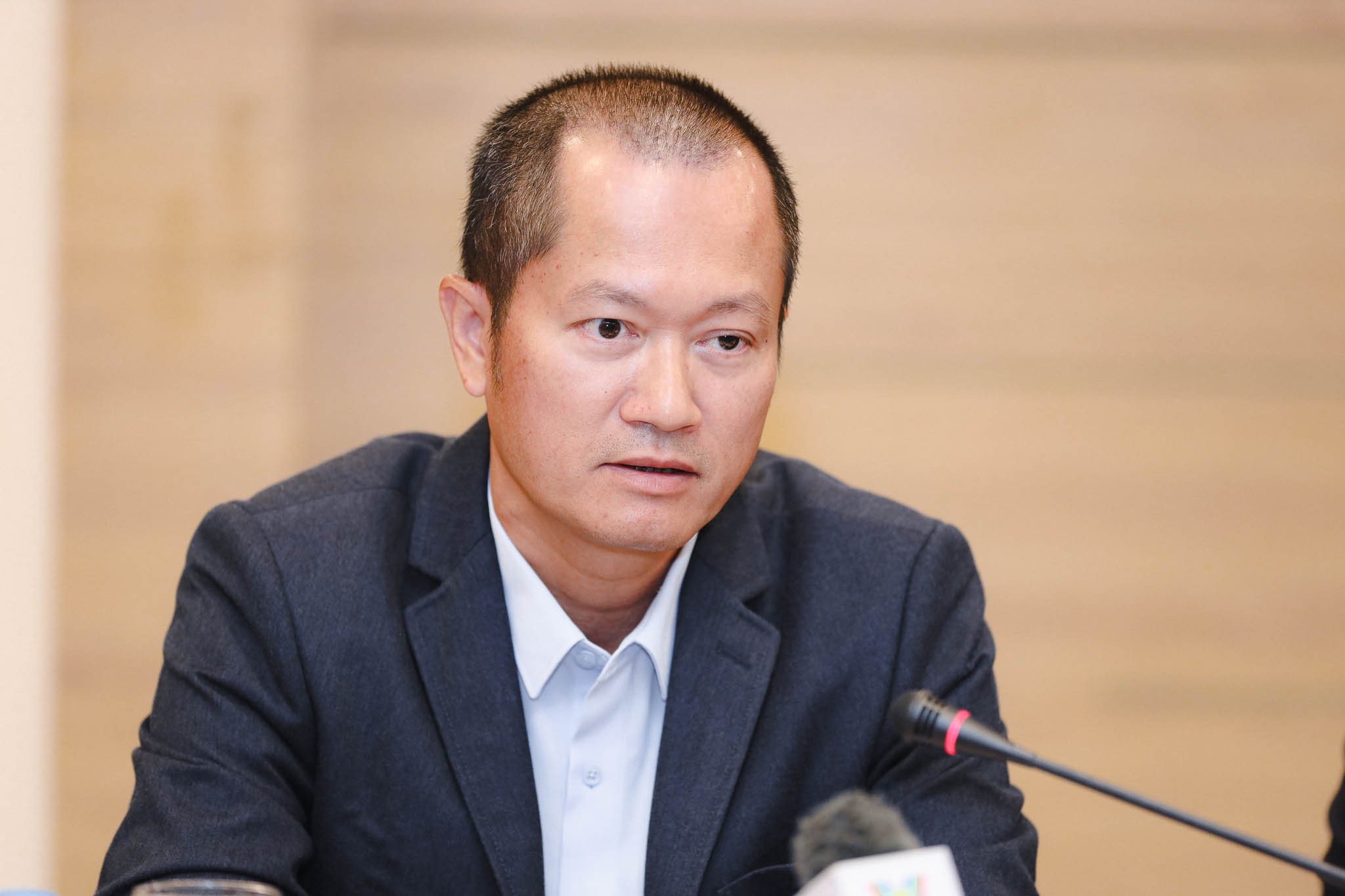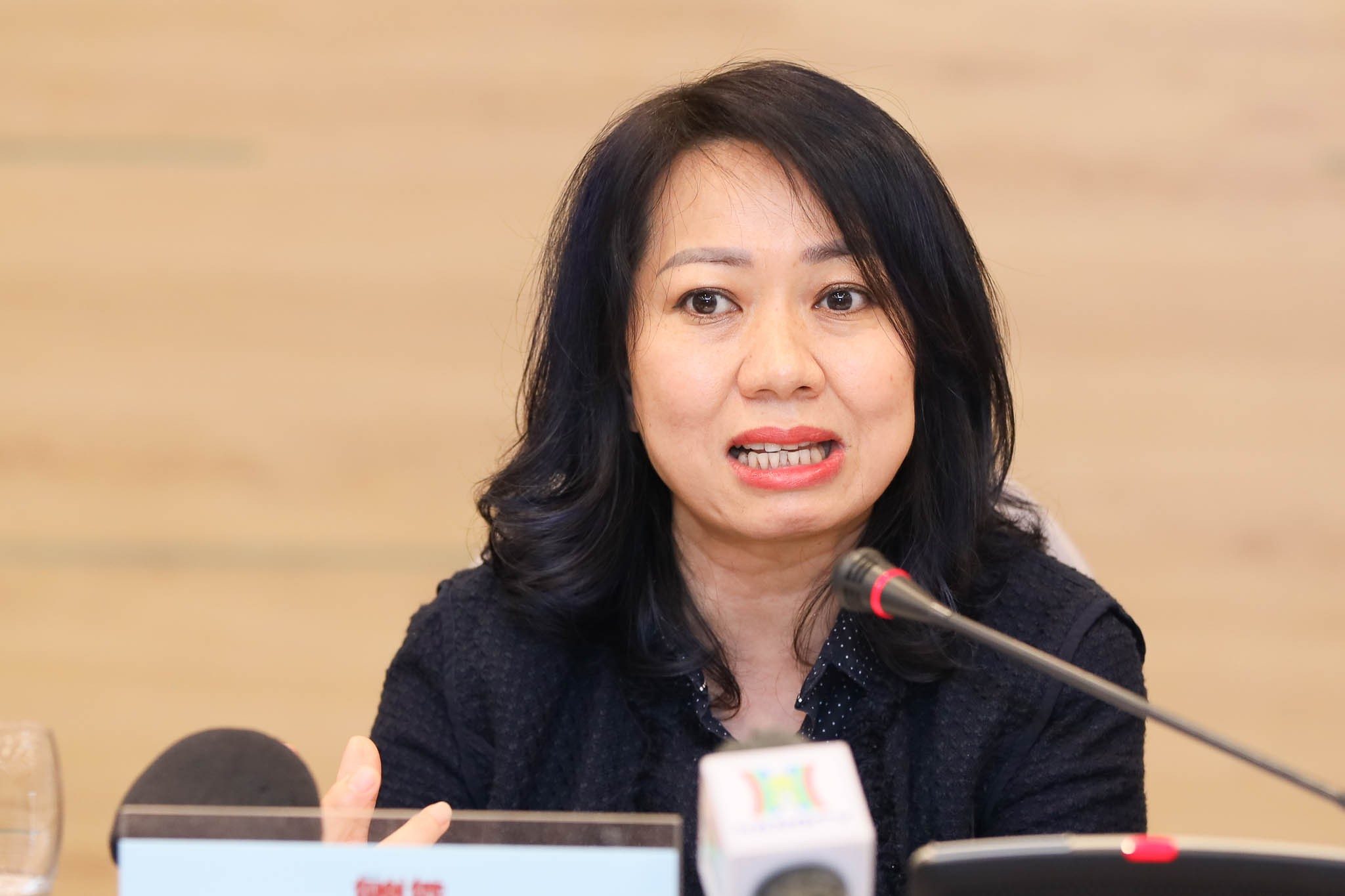Many causes of air pollution
Observation results of the Ministry of Agriculture and Environment show that air pollution has tended to increase in recent years; high pollution levels usually last from October to March every year. Declining air quality is directly affecting public health, quality of life and labor productivity. Along with that, the rapid urbanization rate, dense transportation and industrial development continue to put great pressure on urban environmental infrastructure.
At the seminar "Improving the quality of urban air" organized by Tuoi Tre Newspaper in coordination with the Department of Environment, Mr. Le Hoai Nam - Deputy Director of the Department of Environment said that the results of recent monitoring show the air pollution in Hanoi, Ho Chi Minh City and many localities across the country, of which PM2.5 pollution is the most worrying. In Hanoi and some northern provinces in the Red River Delta, fine dust pollution is complicated and remains at a high level.
During the COVID-19 period, when production activities and vehicle traffic volume decreased, the level of pollution also decreased. However, after the epidemic ended, air pollution increased, especially in 2024 when air quality deteriorated. This year, the pollution level has decreased slightly compared to 2024.
Regarding geographical distribution, according to observational data, pollution mainly occurs in the Northern region, while the Central and Southern provinces have less. This is related to the weather and climate characteristics of the area.
Regarding the cause, Mr. Nam said that air pollution mainly comes from: Industrial activities; Traffic emissions account for about 1215%; Construction and agricultural activities...

No data system has confirmed Hanoi as the most polluted city
According to Ms. Le Thanh Thuy - Deputy Head of the Department of Environmental Management (Hanoi Department of Agriculture and Environment), there is currently no basis or data system to confirm Hanoi as the "most polluted city".
However, in recent years, Hanoi has been under great pressure due to air pollution. Observational data from the Ministry of Agriculture and Environment and the city all show that PM2.5 fine dust levels tend to be high, fluctuating strongly, especially in the winter months. This year, air quality has somewhat reduced pressure, although this is due to unusual factors.
Ms. Thuy said that Hanoi's air quality clearly varies between regions, urban core areas often have a higher AQI index due to high density of vehicles and concentrated construction activities. At the end of 2024 - early 2025, the number of days of pollution increased dramatically, stemming from a combination of many factors: a series of urban renovation projects were implemented simultaneously; prolonged traffic congestion; increased transportation of construction materials; the situation of garbage burning, agricultural by-products burning and burning votive paper - especially at temples and pagodas - became common at the end of the year.
Hanoi currently has about 7.6 million vehicles, not including vehicles from neighboring provinces, creating huge pollution pressure. Meanwhile, construction activities still have many limitations in supervision, coverage, car washing, and construction site cleaning have not been strictly followed, causing significant dust. Air pollution is also affected by industrial production activities in Hanoi and neighboring localities such as Bac Ninh, where there are many craft villages and production facilities using fuel, especially in the dry season.

Ms. Thuy emphasized that recently, although the possibility of pollution diffusion has improved, garbage burning in residential areas has increased, causing direct damage to people's health. Controlling illegal incineration, especially illegal garbage incineration, will be one of Hanoi's key tasks in the coming time.
In addition, unfavorable terrain and climate conditions are objective factors that make it difficult for Hanoi to quickly improve air quality. We cannot change the weather, but it is clear that Hanoi must make double or threefold efforts compared to many other localities to improve the environment. This is not just a story of Hanoi, but requires the cooperation of neighboring provinces and the Central Government," said Ms. Thuy.











